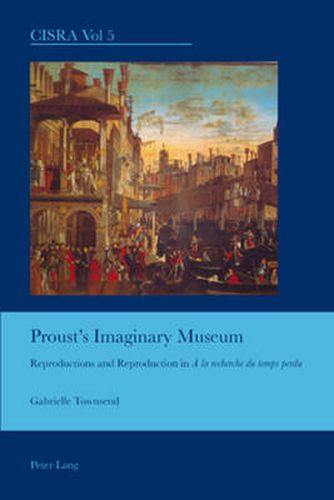Readings Newsletter
Become a Readings Member to make your shopping experience even easier.
Sign in or sign up for free!
You’re not far away from qualifying for FREE standard shipping within Australia
You’ve qualified for FREE standard shipping within Australia
The cart is loading…






This study of Marcel Proust’s creative imagination examines an aspect of the novel that has hitherto been largely overlooked: the author’s dependence on secondary visual sources. Proust made constant use of reproductions - photographs, engravings, postcards, illustrations in books - as sources of reference and as narrative devices in their own right. Furthermore, he consistently chose to use reproductions in preference to originals, whether people, places or works of art. Bringing together for the first time a mass of factual information documenting Proust’s use of second-hand images, the author argues that reproductions play a key role in the work’s complex, multi-layered structure. Rather than being hampered by their limitations, Proust took advantage of their distancing effect to free his imagination and to insert new layers of meaning into his narrative.
$9.00 standard shipping within Australia
FREE standard shipping within Australia for orders over $100.00
Express & International shipping calculated at checkout
This study of Marcel Proust’s creative imagination examines an aspect of the novel that has hitherto been largely overlooked: the author’s dependence on secondary visual sources. Proust made constant use of reproductions - photographs, engravings, postcards, illustrations in books - as sources of reference and as narrative devices in their own right. Furthermore, he consistently chose to use reproductions in preference to originals, whether people, places or works of art. Bringing together for the first time a mass of factual information documenting Proust’s use of second-hand images, the author argues that reproductions play a key role in the work’s complex, multi-layered structure. Rather than being hampered by their limitations, Proust took advantage of their distancing effect to free his imagination and to insert new layers of meaning into his narrative.